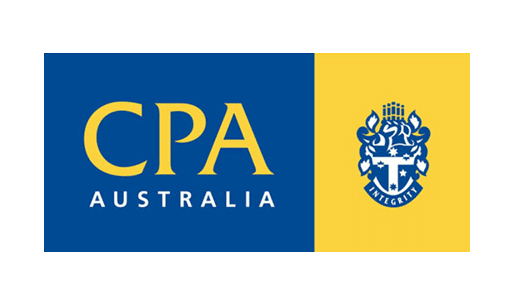IS IT THE END OF LRBA?
No, I’m not referring to the Little River Band of Australia. They went out in the eighties! Well, they’re still playing in some form or another, but not with the original crew. It all went downhill
I’m talking about Limited Recourse Borrowing Arrangements in Self Managed Superannuation Funds.
This topic was under review in the recently released, Government funded, Financial Systems Inquiry. The recommendation is to restore the general prohibition on direct borrowing by superannuation funds. Direct borrowing in this context refers to any arrangement that funds enter into where the borrowing is used to purchase assets directly for the fund.
The objectives of the prohibition are:
- Prevent the unnecessary build-up of risk in the superannuation system and the financial system more broadly.
- Fulfil the objective for superannuation to be a savings vehicle for retirement income, rather than a broader wealth management vehicle
Since June 2009, LRBAs have increased 18 fold from $497m to $8.7b in June 2014. The idea of being limited in recourse is intended to reduce the risk of losses from assets purchased using a loan. However, the Inquiry states that “borrowings, even with LRBAs, magnifies the gains and losses from fluctuations in the prices of assets held in funds and increases the probability of large losses within a fund. Due to the higher risks associated with limited recourse lending, lenders can charge higher interest rates and frequently require personal guarantees from trustees”.
Their concern is that when asset values reduce significantly, trustees are likely to sell other assets of the fund to repay a lender. As a result, LRBAs are generally unlikely to be effective in limiting losses on one asset from flowing through to other assets, either inside or outside the fund.
They say the GFC highlighted the benefits of Australia’s mostly unleveraged superannuation system. “The absence of leverage in superannuation funds meant that rapid falls in asset prices and losses in funds were neither amplified nor forced to be realised. The absence of borrowing benefited superannuation fund members and enabled the superannuation system to have a stabilising influence on the broader financial system and the economy during the GFC.”
There have been many submissions in support of this recommendation. The ANZ Bank has backed the prohibition of borrowings and has not pursued this type of lending, as part of its mortgages strategy. Also, the Association of Superannuation Funds of Australia expressed a similar position to ANZ’s, believing that in a majority of cases, leverage is inconsistent with the objectives of superannuation.
There have also been some suggestions to address the risks surrounding borrowing:
- imposing a maximum cap on fund assets that can be invested in a single asset other than cash or bonds;
- introducing further consumer protection measures; and
- licensing LRBA advice.
The above would definitely add to the compliance and administration of SMSFs.
We have experienced huge growth in this area as it allows a younger generation to invest and plan for their future. No longer is superannuation the domain of the nearing retirement business owner who accelerates their superannuation contributions to set up their nest egg. These LRBAs have allowed clever, calculated, long term investment by accessing the equity in their SMSFs.
Unfortunately, we don’t know what the future holds. We believe some guidance may be around the corner, in the May 2015 Federal Budget.
Watch this space!
Enrico De Pietro
Director – OPTIMA PARTNERS





Leave a Comment